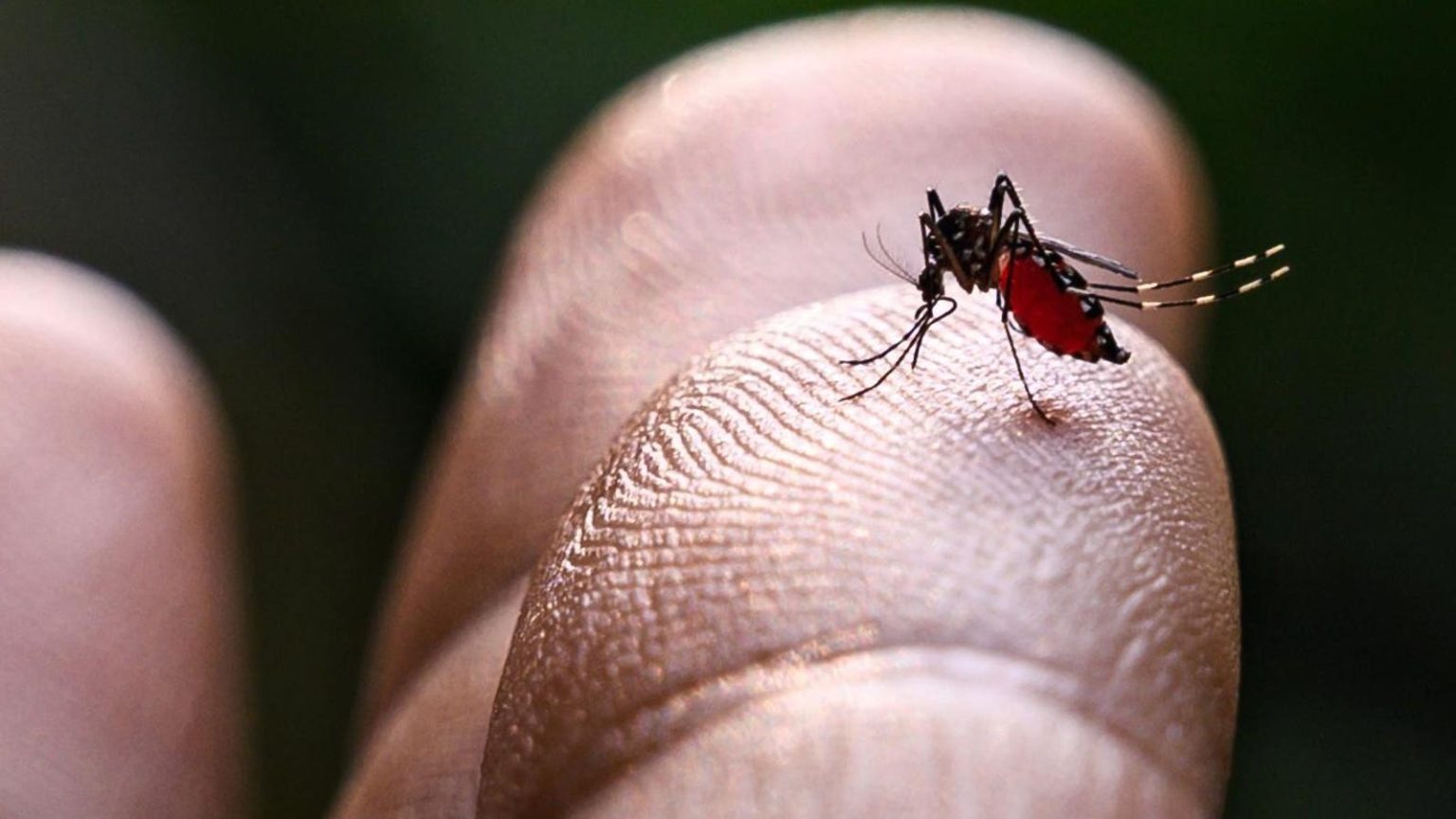Topline
The Food and Drug Administration on Thursday approved the world’s first vaccine for chikungunya, a mosquito-borne virus with similar symptoms to dengue and Zika that experts warn is a major global health threat that the climate crisis is propelling to new parts of the world, including the United States.
Key Facts
Chikungunya is a viral infection spread by the bites of infected mosquitoes.
Its name—which comes from the Kimakonde, or Makonde, language spoken in East Africa—means “to become contorted,” “that which bends up” or “bending over in pain” in reference to the contorted posture many of those infected adopt.
Infection is not normally fatal—children, older adults and those with other health conditions are at greater risk and it can be fatal for newborns—but the virus can cause severe and prolonged disease and there are no specific treatments beyond tackling individual symptoms.
Symptoms of chikungunya infection include fever and severe joint pain, which can be debilitating and last for weeks, months or even years, as well as fatigue, headaches, muscle pain, nausea and rash.
People most at risk of chikungunya live in the tropical and subtropical regions of Africa, Southeast Asia, and parts of the Americas where the mosquitoes that carry the virus are endemic, though experts warn human-driven climate change is enabling the insects and the diseases they carry to colonize new areas, including much of the United States.
As of September, there have been around 440,000 chikungunya cases and over 350 deaths reported around the world this year, according to the European Center for Disease Prevention and Control, with most countries reporting the highest burdens from the disease located in South and Central America.
News Peg
The FDA said it had approved the first chikungunya vaccine for use in adults ages 18 and older who are at high risk of catching the virus. Peter Marks, director of the FDA’s Center for Biologics Evaluation and Research, said the approval “addresses an unmet medical need and is an important advancement in the prevention of a potentially debilitating disease with limited treatment options.” The shot, made by French vaccine company Valneva and marketed as Ixchiq, is given in a single injection. It contains a weakened, but live, form of the virus and can cause similar symptoms to people with chikungunya disease, the FDA said. Such live vaccines can protect against more dangerous natural infections and are commonly used for infections including rotavirus, measles, mumps, rubella, chickenpox, yellow fever and polio but they are not always suitable for people of certain ages, who have compromised immune systems or other health conditions or who are pregnant. The FDA said the safety of the vaccine was evaluated in two clinical trials in North America. Common side effects reported in the trial included headaches, fatigue, muscle and joint pain and pain at the injection site, though the FDA said nearly 2% of people with the vaccine had severe chikungunya-like symptoms needing medical attention. The FDA said a label would be included to remind prescribers to discuss the potential for “severe or prolonged chikungunya-like adverse reactions” with recipients. Valneva will also need to undertake a post-approval trial “to assess the serious risk of severe chikungunya-like adverse reactions following administration of Ixchiq.”
Big Number
5 million. There have been at least that many chikungunya cases reported globally over the past 15 years, the FDA said. The agency described the virus as an “emerging global health threat” that “has spread to new geographical areas causing a rise in global prevalence of the disease.”
What We Don’t Know
Health officials and agencies like the World Health Organization warn official infection counts are likely to significantly underestimate the true prevalence of chikungunya. Accurate diagnosis, disease surveillance and reporting can be tricky in some parts of the world on account of funding and capacity within healthcare systems and chikungunya is also “easy to misdiagnose” on account of causing similar symptoms to other mosquito-borne illnesses like dengue and Zika.
What To Watch For
Valneva said the vaccine will initially address the “potential needs” of some 60 million Americans who it says travel to countries where mosquito-borne diseases are endemic each year. This fits in well with its other shots for cholera and Japanese encephalitis aimed at travelers, the company said. Valneva said it will work towards commercializing the shot in the U.S. early next year and work towards securing a vote of approval endorsing the shot from the Centers for Disease Control and Prevention’s vaccine advisory committee at the end of February. The FDA is an influential regulator and its go-ahead will likely speed Ixchiq’s passage through other regulatory processes globally, particularly in areas where chikungunya is a more pressing concern.
Key Background
Chikungunya is regularly identified as an emerging threat to global health on account of the debilitating and prolonged disease it can cause. Chikungunya was first identified in Tanzania in 1952 and sporadic outbreaks were later recorded in parts of Africa and Asia. The virus has since spread globally and has been identified on all continents except Antarctica. The economic and social impact of the disease can be devastating—the Coalition for Epidemic Preparedness Innovations estimates the cost to the Americas alone to be around $185 billion—and the warming climate, a boon to the mosquitoes that spread the disease, is likely to widen areas at risk. While the virus is more commonly reported among travelers in the U.S. and parts of Europe, local transmission has been documented, suggesting future outbreaks may be possible or that the virus could gain a permanent foothold.
First Vaccine For Chikungunya—An Emerging Mosquito-Borne Threat—Nears After Promising Trial Results (Forbes)
Painful Dengue May ‘Take Off’ In United States—What To Know About The ‘Breakbone Fever’ Virus (Forbes)
A chikungunya vaccine is nearing approval. Who will get it? (Science)
Read the full article here





